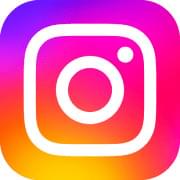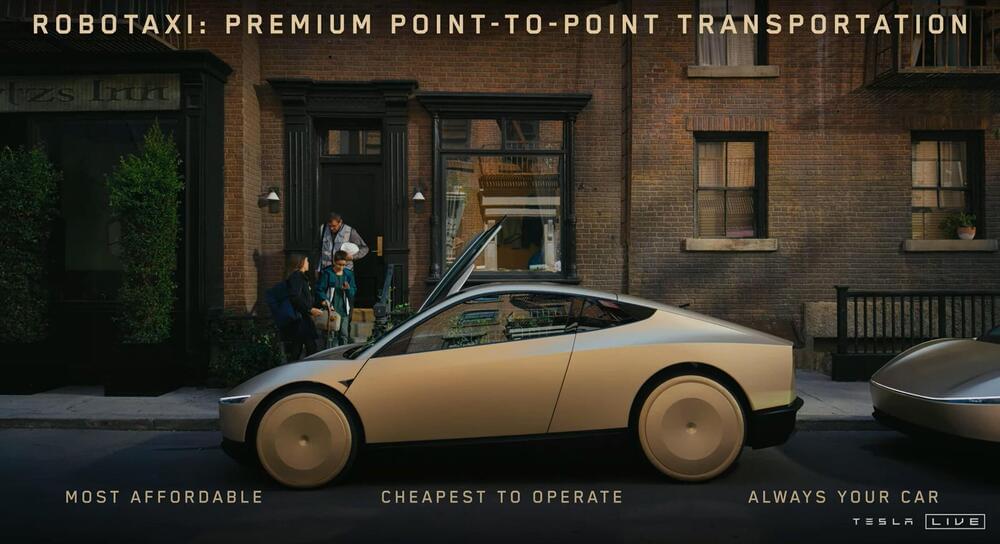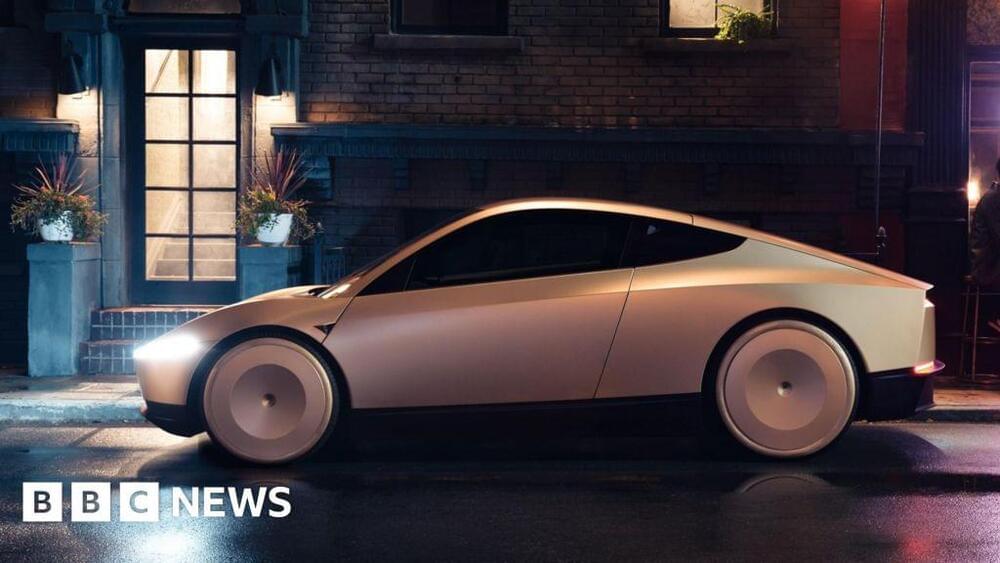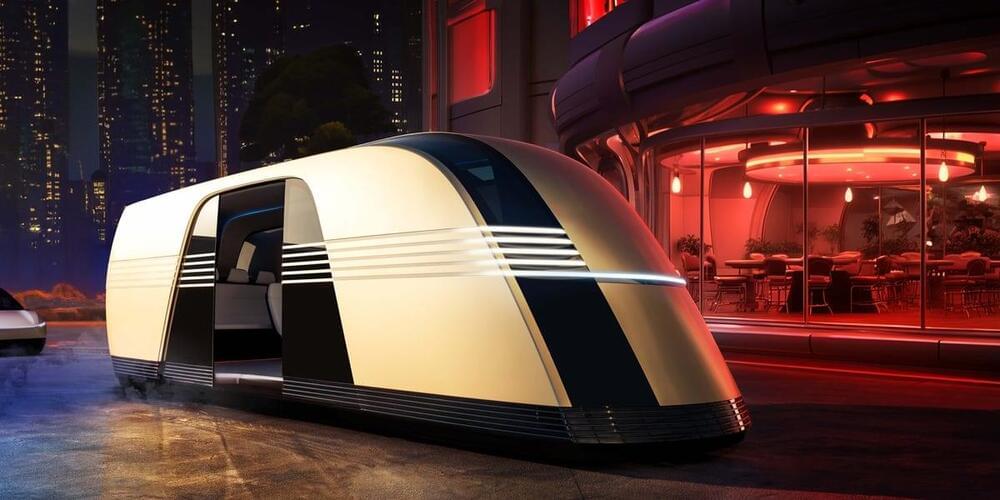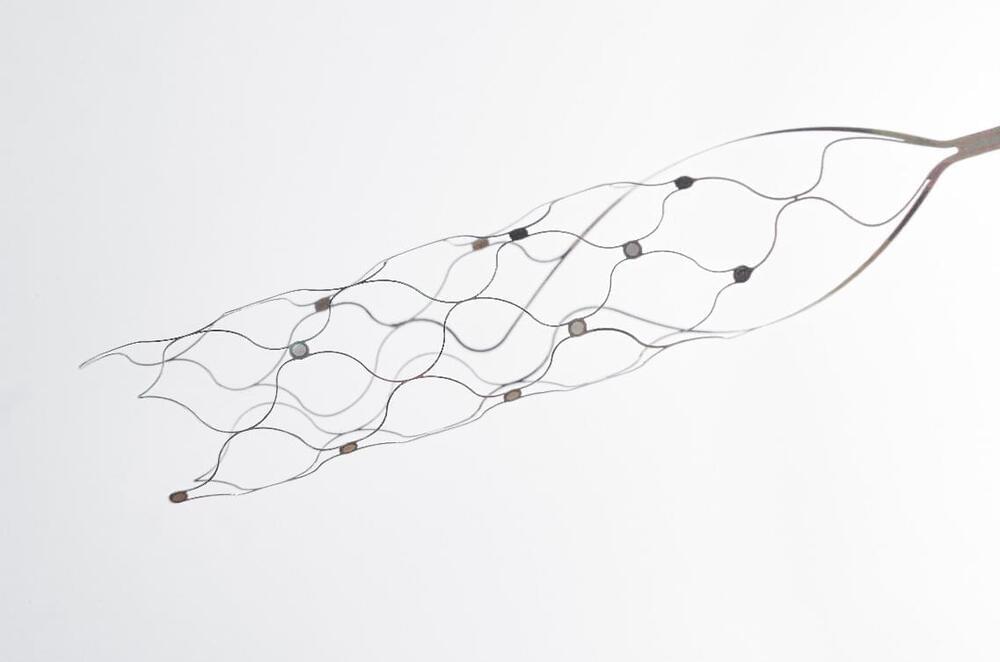Would you buy a $16,000 Unitree G1 for your home assistant? Share your thoughts in the comments.
The pressure is on for Elon Musk to accelerate the mass production of Tesla’s Optimus robot as Unitree Robotics announced that its $16,000 G1 humanoid robot is ready for mass production. Initially focused on four-legged robots, Unitree shifted to humanoid designs and quickly developed the G1, which now boasts impressive capabilities like leaping, climbing stairs, and adjusting its gait in real time. Standing at 1.32 meters tall and weighing 35 kg, the G1 features 3D LiDAR, a RealSense depth camera, and a 9,000-mAh battery for two hours of use. While it’s ready for production, Unitree hasn’t confirmed if mass production has begun.

